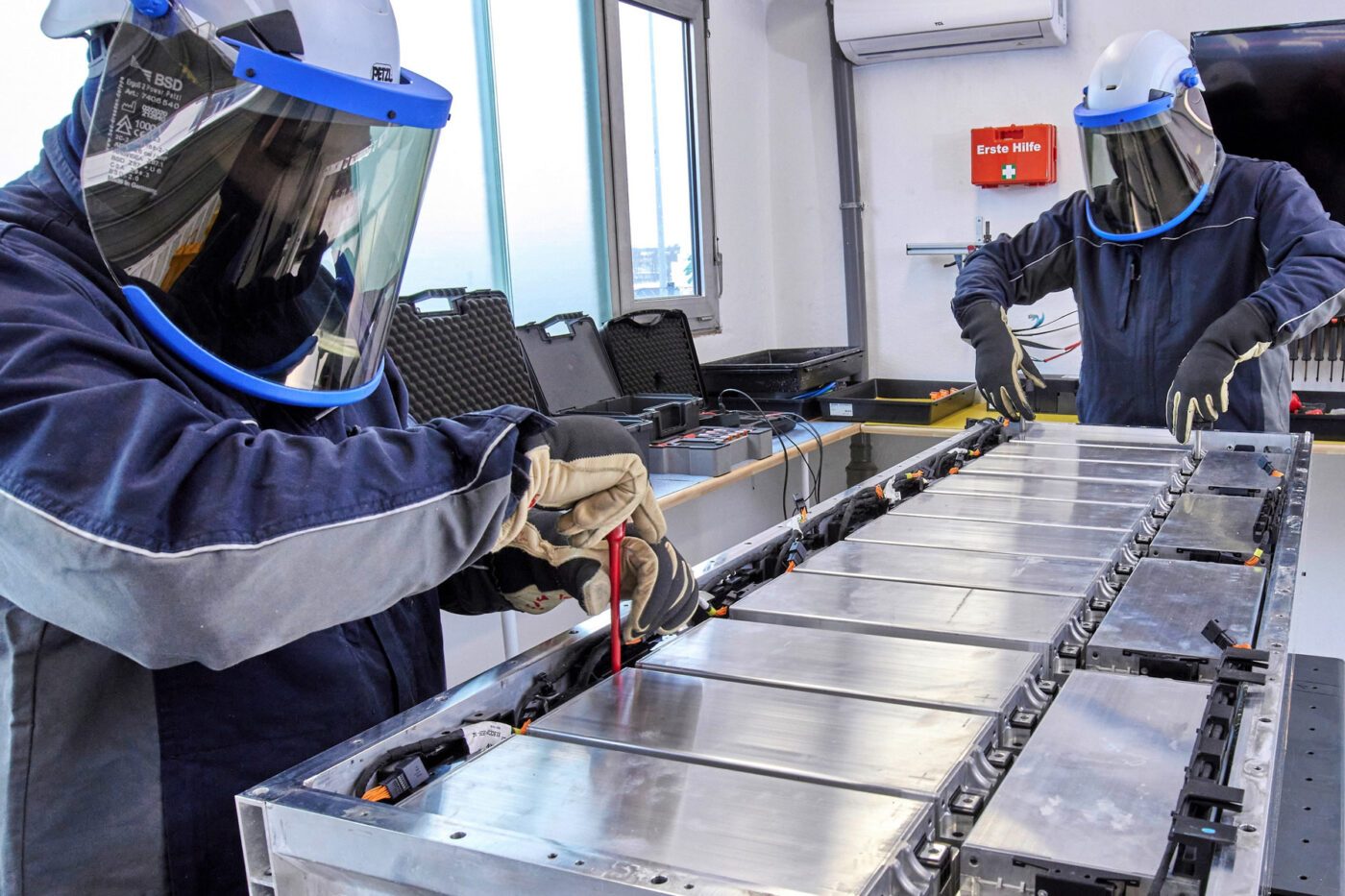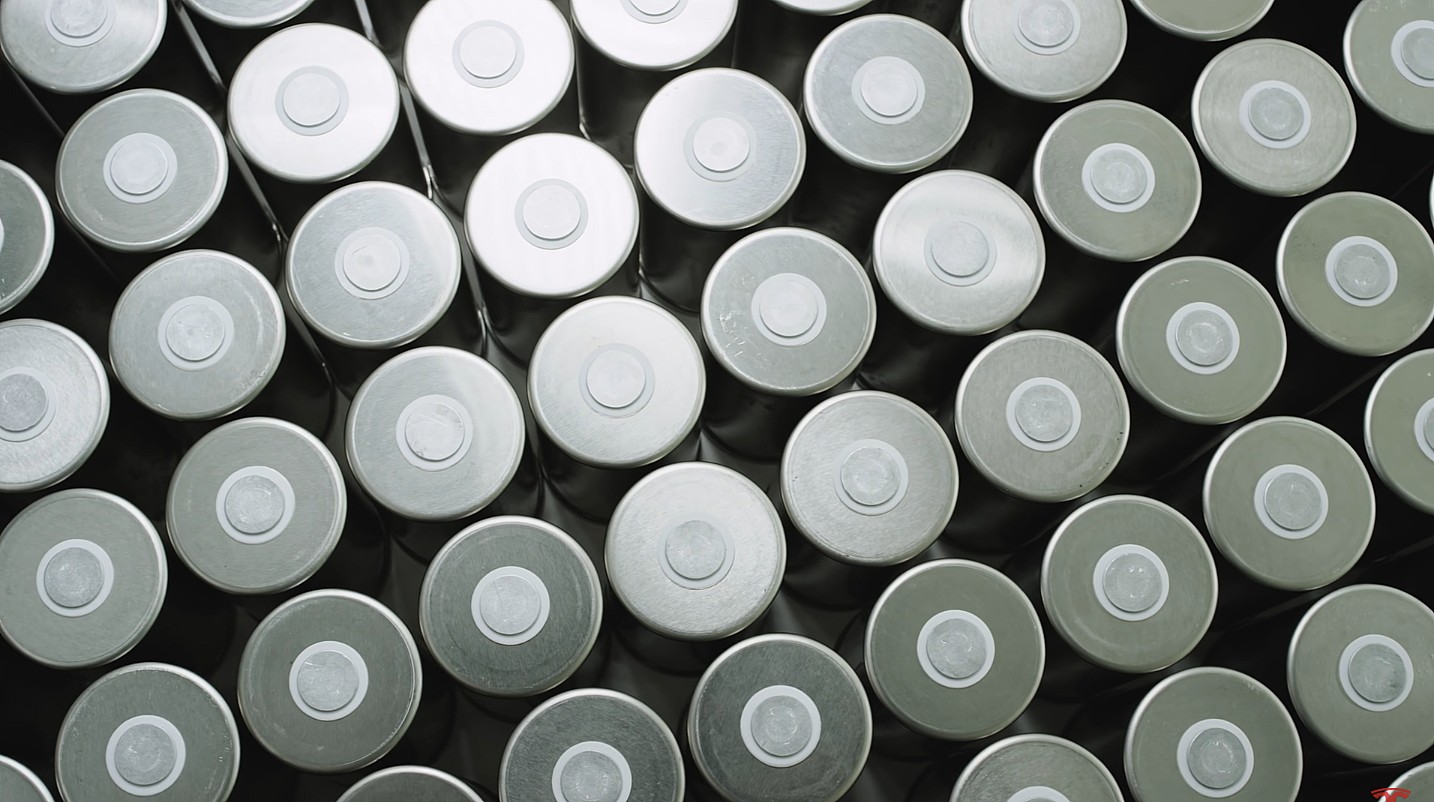In a groundbreaking study, scientists at the Helmholtz-Zentrum Berlin (HZB) and Humboldt-Universität zu Berlin have delved into the potential of enhancing the stability of sodium-ion batteries through cathode material doping with foreign elements. The study, which specifically focused on scandium and magnesium, revealed two pivotal mechanisms governing the cathodes’ stability.
Sodium-ion batteries, while promising for energy storage, still face challenges that could be mitigated by refining battery materials. The researchers honed in on cathode materials comprising layered transition metal oxides with nickel and manganese (NMO cathodes), known for their capacity to host sodium ions during discharge and recharge cycles. However, the researchers identified a risk of chemical reactions that could enhance capacity initially but ultimately lead to local structural changes and cathode material degradation.
See also: Stanford Researchers Discover Potential to Restore Capacity in Lithium Metal Batteries
To address this, the scientists explored doping the cathode material with foreign elements that share a similar ionic radius to nickel (Ni2+) but differ in valence state, such as magnesium (Mg2+) and scandium ions (Sc3+). Dr. Katherine Mazzio, from the joint Operando Battery Analysis research group at HZB and Humboldt-Universität zu Berlin, expressed surprise at the results. Doping with scandium, while resulting in fewer structural changes during the electrochemical cycle compared to magnesium doping, did not improve stability as expected.
The study found that magnesium doping notably suppressed the oxygen redox reaction in NMO, a discovery that defied expectations given magnesium’s known role in triggering this reaction in layered manganese oxides. Mazzio elaborated on their findings, stating, “Only through a combination of advanced X-ray techniques could we show that it is more than just suppressing phase transitions that is important for improving the long-term cycling behavior, but also the interplay between Ni and O redox activity dictate performance.”
The research provides a significant advancement in understanding how doping with specific elements can enhance the stability and performance of sodium-ion batteries, paving the way for future developments in sustainable energy storage solutions.







